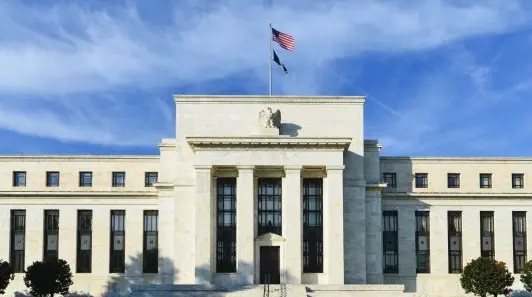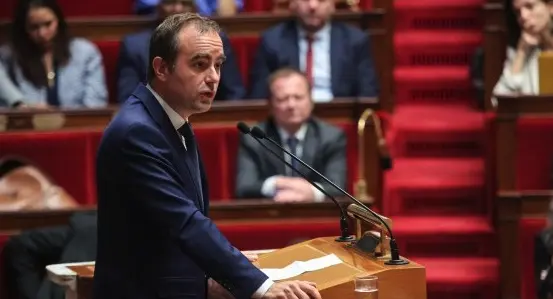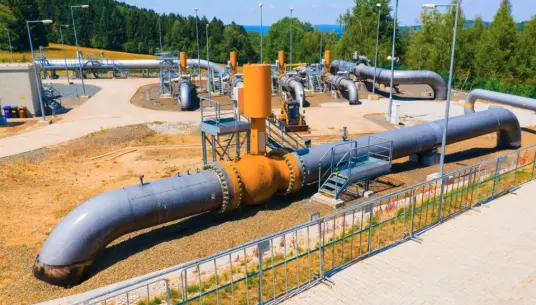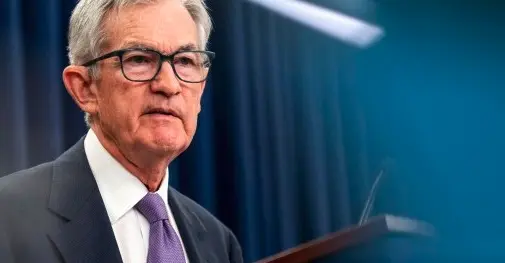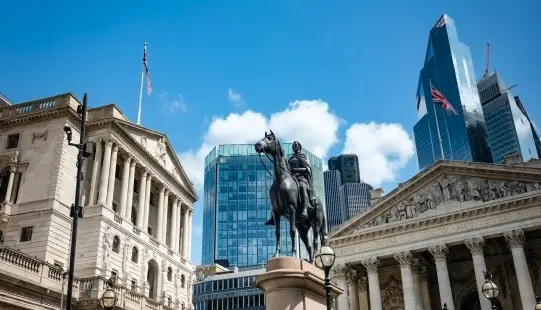With VAT and excise-related effects already baked into prices, the October CPI release held no significant deviations from expectations. Food prices rose by 7.6% annually – the slowest among the main components – while non-food goods and services posted double-digit increases, both in the 10.5%-11.0% range. Services inflation, although a touch lower than the previous month’s surge, remains elevated, with categories such as hospitality still seeing some of the fastest price increases. This ongoing resilience in core components suggests that the gap between core and headline could narrow in the months ahead.
Outlook – no change in forecasts
We see no reason to revise our inflation forecasts following the October data. In the near term, inflation should stay elevated, hovering mostly above 9% until mid-2026. Base effects will turn decisively favourable only from July 2026, as the impact of mid-2025 tax hikes drops out of annual comparisons. These strong base effects should accelerate disinflation, pulling the inflation rate toward 4.0% to 4.5% by late summer 2026. Our baseline remains 9.6% at the end of 2025 and 4.5% at the end of 2026.
For 2026, while slight downside risks exist (inflation ending below 4.5% if disinflationary forces dominate, with weak GDP growth as the main one), two uncertainties remain significant for the inflation profile. First, the government’s cap on natural gas prices is set to expire at the end of March 2026, potentially triggering a one-off increase in gas prices. Second, the temporary cap on mark-ups for basic food items will eventually be lifted. Neither factor appears overly concerning for now, but both remain on our radar - especially the gas price cap, as a harsh winter could push energy prices higher by next spring.
Wage dynamics helps with disinflation
Crucially, domestic demand dynamics are likely to bolster the disinflation trend. The latest wage data confirmed the slowdown in pay growth – average net wages were up only 4.1% YoY in September, which, after accounting for inflation, means a considerable drop in real incomes. With households’ purchasing power eroded, we assume that private consumption becomes a disinflationary force in the coming quarters. While it may take time for soft demand to fully translate into lower core price pressures, the direction is clear: consumer spending is no longer the inflation driver it once was, and that should aid the
Policy implications
We maintain our view that the National Bank of Romania (NBR) will look through the current bout of above-target inflation. With price growth evolving broadly in line with expectations, the central bank’s focus can mildly shift toward the downside risks to economic growth. We continue to forecast a first 25bp rate cut in May 2026, and a cumulative 100bp of cuts in 2026. In the meantime, policymakers are likely to remain on hold, keeping a close eye on how quickly inflation recedes and on the health of the economy.
The bottom line: rate cuts are on the horizon, but patience is required, as inflation will remain near double digits for a few more quarters before meaningful relief arrives. This inflation profile should also support a relatively stable FX rate, with EUR/RON unlikely to move significantly away from the 5.10 level over the next couple of yea

